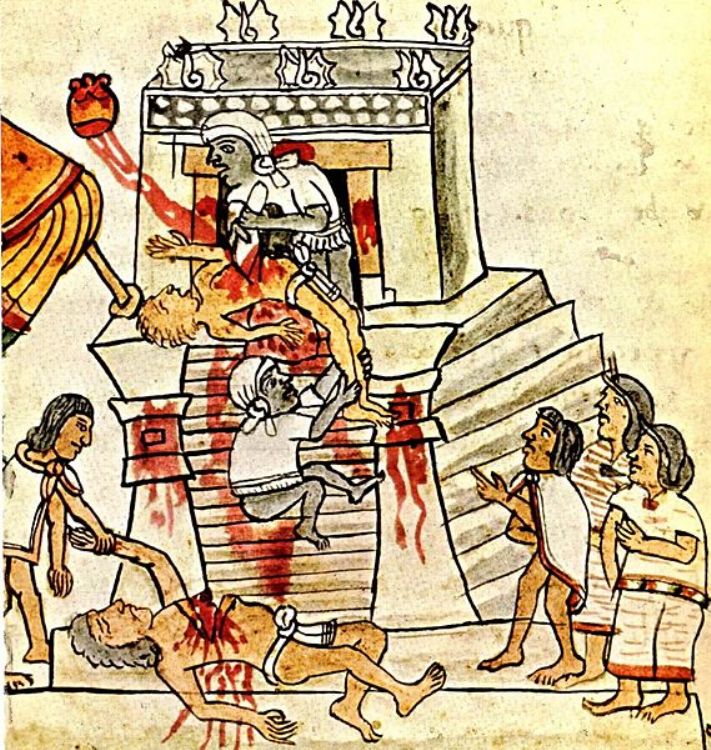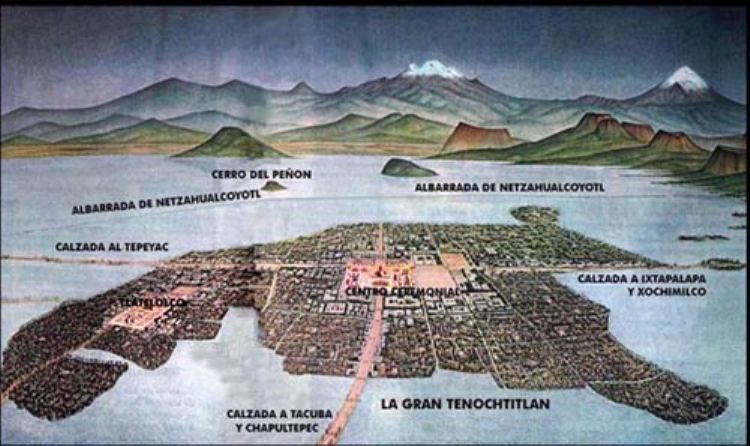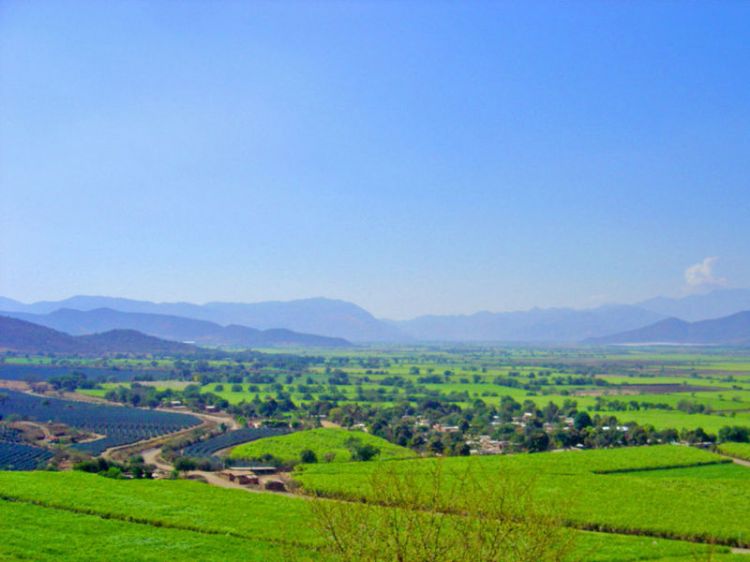Geography of Mexico
The high degree of geographic and geological complexity found in Mexico result in a territory conformed by a great variety and diversity of ecosystems, among them forests, jungles, volcanoes, coasts, deserts and great mountain ranges.
The definition of the major geographic zones is highly influenced by the rough topography typical of the Mexican landscape. Great mountain ranges bisect the country : the Sierra Madre Oriental and the Sierra Madre Occidental in a north-south axis; the Sierra Madre del Sur, which runs through the southwest as an extension of the Sierra Madre de America Central. These three chains are linked by the so-called "volcanic axis", formed by a great number of active volcanoes and which include some of the highest peaks in Mexico such as the Pico de Orizaba, the Popocatepetl and the Iztaccihuatl, all very popular among climbers around the globe.
The north is home to the driest and most arid area in the country, conformed by the states of Coahuila, Chihuahua, Durango and Sonora. Deserts and plains in this area present the highest temperatures (above 43o C in daytime) and the lowest rates of rainfall in the country. Accordingly, only flora and fauna that adapts to this extreme conditions can be found in this part of the country, such as cactus, snakes, foxes and armadillos. Larger animals such as deer, mountain lions and wolves are hard to find as they have been displaced by development to the most remote regions.
The states of Baja California Sur and Norte are being effectively detached from the continental tectonic plate by the San Andreas fault, a geological fact that also affects the state of California in the U.S. This gulf, also known as the Sea of Cortes, enjoys such diversity in marine life that it contains a third of all water mammal species that can be found in the oceans, and is also a popular tourist spot because it is frequently visited by whales and dolphins.
The west coast of the country, along the Gulf of Mexico, is a vast plain that contains all the costal states : Tamaulipas, Veracruz, Tabasco, Campeche, and the peninsula of Yucatan, which divides the Gulf of the Caribbean Sea. Abundant marine life and great formations of coral reef present in the coasts of Yucatan and Quintana-Roo, make this area a favorite destination for those inclined towards diving and snorkeling.
The historic central area of the country is occupied by Ciudad de Mexico, the capital city, and the states of Mexico, Michoacan, Guerrero, Puebla, Morelos and part of the state of Nayarit. The area enjoys a pleasant and cool climate throughout most the year since it is surrounded by the "volcanic axis" formed by various peaks that are snowcapped for as long as five months every year.
The Pacific coast in Mexico, with virgin beaches and great tourist centers, represents an ideal destination for the visitor. This coastal plain offers the famous beaches of Puerto Vallarta, Acapulco, Mazatlan and Ixtapa, where hot and humid weather is to be expected from May through September, followed by the hurricane season.
The south east of Mexico is home to the state of Chiapas, rich with natural resources due to the fact that it is flanked by the mountain range known as the Sierra Madre de Chiapas, and that it also contains the thick jungle called the Lancandona, the largest in the country and the home of thousands of species of tropical plants and animals such as the cockatoo, the ocelot, the jaguar, and several kinds of monkeys and parakeets.






